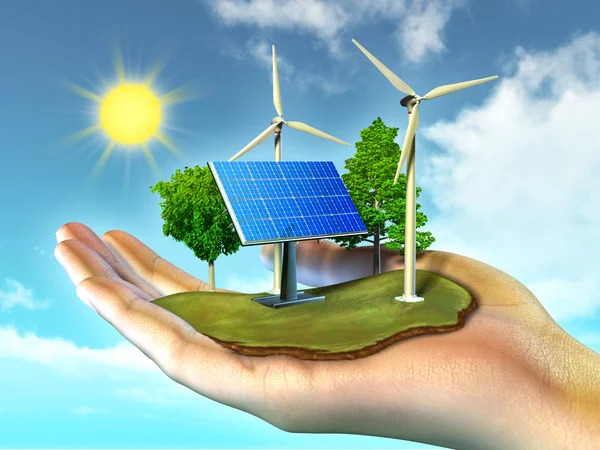The global energy crisis causes a rapid expansion of renewable capacity to produce power. Expectations are global renewable capacity growth to rise in the next five years. According to the International Energy Agency (IEA), energy security worries following Russia’s invasion of Ukraine are the main reason for these expectations of doubling the world’s renewable power capacity.
The IEA, in its annual review of world energy conditions, predicts that the global capacity of renewables is likely to increase by 2,400 gigawatts (GW) to 5,640 GW by 2027. For example, this is equivalent to the entire power capacity of China today.
Predictions of renewable capacity growth surpassed
The increase exceeds by 30% the growth amount predicted last year. This year’s worldwide energy crisis has resulted in high gas and electricity prices. This unfavorable situation increases the appeal of engagement in more renewable energy sources.
The conflict in Ukraine represents a turning point for renewable energy in Europe, where businesses and governments want to quickly switch from Russian gas to alternatives. The addition of renewable power capacity in Europe is anticipated to double between 2022 and 2027 compared to the preceding five years, driven by both energy security concerns and climate objectives.
If EU member states swiftly implemented a number of policies, such as streamlining and reducing permitting timelines, improving auction designs, and providing better visibility on auction schedules, as well as improving incentive schemes to support rooftop solar, even faster deployment of wind and solar PV will accomplish.
The United States, China, and India are also driving growth in renewables by enacting laws and reforming the market to encourage the deployment of renewables more swiftly than anticipated.
Renewable capacity is already growing
According to IEA Executive Director Fatih Birol, renewable energy sources were already growing strongly before the global energy crisis. But the crisis propelled them into an exceptional new era of even quicker expansion. Furthermore, all countries look to capitalize on their advantages for energy security.
According to Birol, the amount of renewable energy generated worldwide will double in the next five years from what it was in the previous 20 years.
According to the analysis, over 90% of the increase in global electricity over the following five years would come from renewable sources. Hopefully, this will surpass coal as the primary source of electricity globally by the beginning of 2025.
Solar is going to “burn” the wind
By 2027, IEA expects the capacity of solar photovoltaic systems to nearly triple globally. The organization expects solar systems to overtake wind as the world’s most significant source of electricity.
In the vast majority of nations around the world, utility-scale solar PV and onshore wind are the least expensive options for new power generation. Global solar PV capacity is anticipated to nearly treble between 2022 and 2027, overtaking coal as the world’s largest source of power capacity.
The survey also predicts an increase in the installation of solar panels on rooftops of homes and businesses, which saves consumers money on their energy costs.
Over the anticipated period, the amount of wind energy produced virtually doubles, with one-fifth of that increase coming from offshore projects. Practically the next five years, over 90% of the additional renewable power capacity will come from wind and solar combined.
Global PV supply chains are beginning to show signs of diversification, according to the analysis, and new policies in the US and India probably will increase investment in solar manufacturing by up to USD 25 billion between 2022 and 2027. China continues to be the dominant force, but by 2027, its proportion of global manufacturing capacity might fall from 90% to 75%.
Demand for biofuels would rise too
According to the IEA analysis, demand for biofuels would rise by 22% by 2027.
The IEA’s main analysis of the industry, Renewables 2022, is based on recent changes in market conditions and policy. It projects the adoption of renewable energy technologies for electricity, transportation, and heating through 2027 while also examining the major issues facing the sector and identifying roadblocks to quicker expansion.

